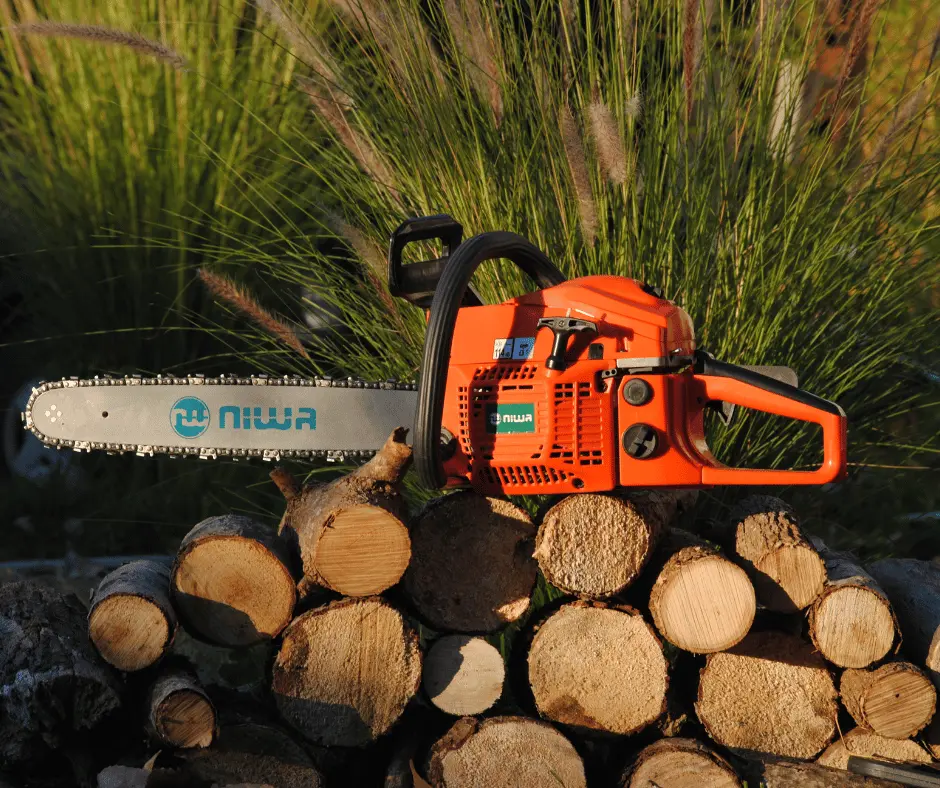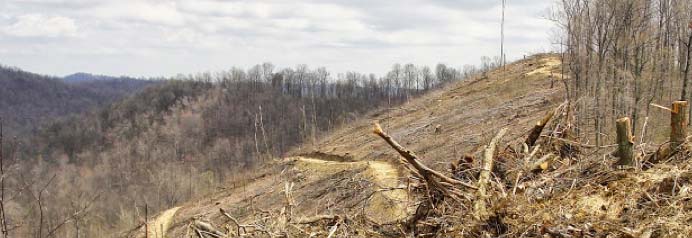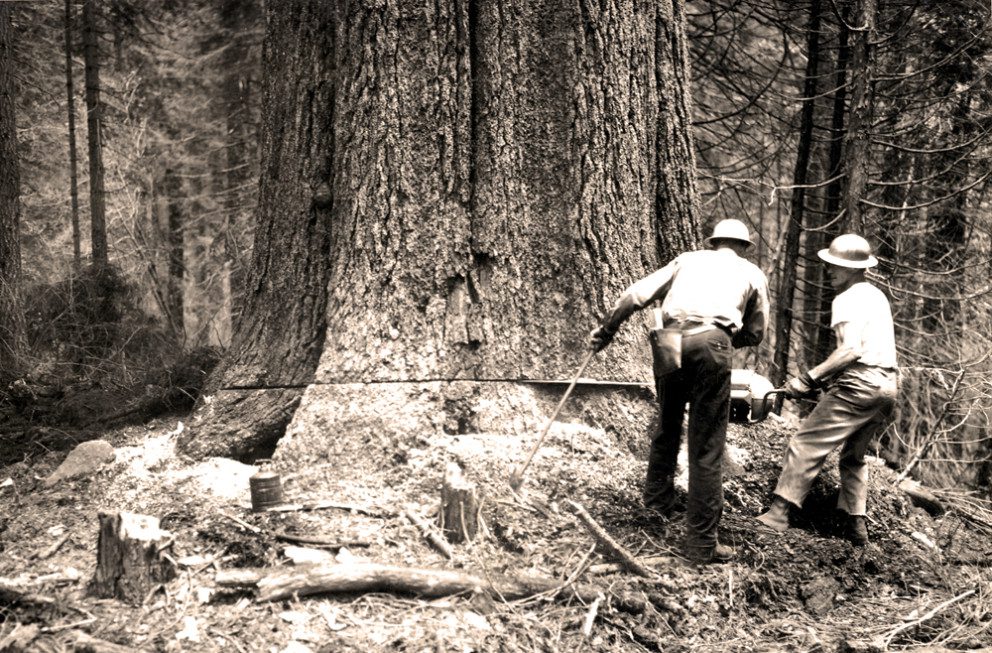Logging Equipment and Processes Part 2 delves deeper into the innovative tools and techniques shaping the timber harvesting industry. As was explained in part one of this series, the equipment and logging process utilized to harvest your timber will have a direct impact. This affects both the condition your land is left in. It also affects the future productivity and vigor of your forest.
While no single method is right or wrong for harvesting timber, understanding the differences between common practices allows you to make an informed decision.

Logging Equipment and Processes Part 2
While there are many different methods utilized by logging companies to harvest timber, the most logging methods employed in the Midwestern and Appalachian regions are clearcutting and tree-length, selective harvesting.We explain these two means of harvesting in further detail below.
Clearcut Logging
By the name, this style of timber harvesting is fairly self explanatory. If you check this post Timberland Inheritance A Guide To Preserve And Profit, then click this link.
Clear-cut logging removes trees of all sizes and species. This is typically down to a small diameter. Workers sell mature hardwood with a diameter above 15 inches to sawmills and veneer companies. They load smaller trees onto trucks and sell them as pulpwood. Additionally, they sell them as firewood or raw materials for paper production.
Clearcutting generates the largest immediate cash return from a tract of timber but causes the most devastation. In hardwood stands, it leaves the forest unable to produce additional timber and other forest products for decades.

Logging Equipment and Processes Part 2
Clearcutting creates a stand of identically aged trees that mature simultaneously, generally yielding a smaller return on investment compared to timber harvested more conscientiously and purposefully.
Ecological Considerations
Regardless of the primary motivation for a timber harvest, loggers can carry it out in an environmentally ethical and profit-maximizing manner.The quality of a timber stand directly reflects the expected yield of future high-quality lumber and veneer products. Aggressive cutting schemes may deliver higher immediate financial returns, but properly managing a timber stand ensures good economic returns while maintaining a vibrant forest and wildlife habitat.
This is why Timber Works actively endorses managing forests with a focus on mixed-age silviculture. Loggers should align their practices with the landowner’s goals, whether enhancing wildlife habitat, maximizing future timber quality, or achieving financial returns.
Note: Please note that these posts mostly pertain to hardwood timber stands. This is as opposed to stands of non-deciduous trees like Pine and Conifer. Some statements true for hardwood timber may not apply to softwood species.

